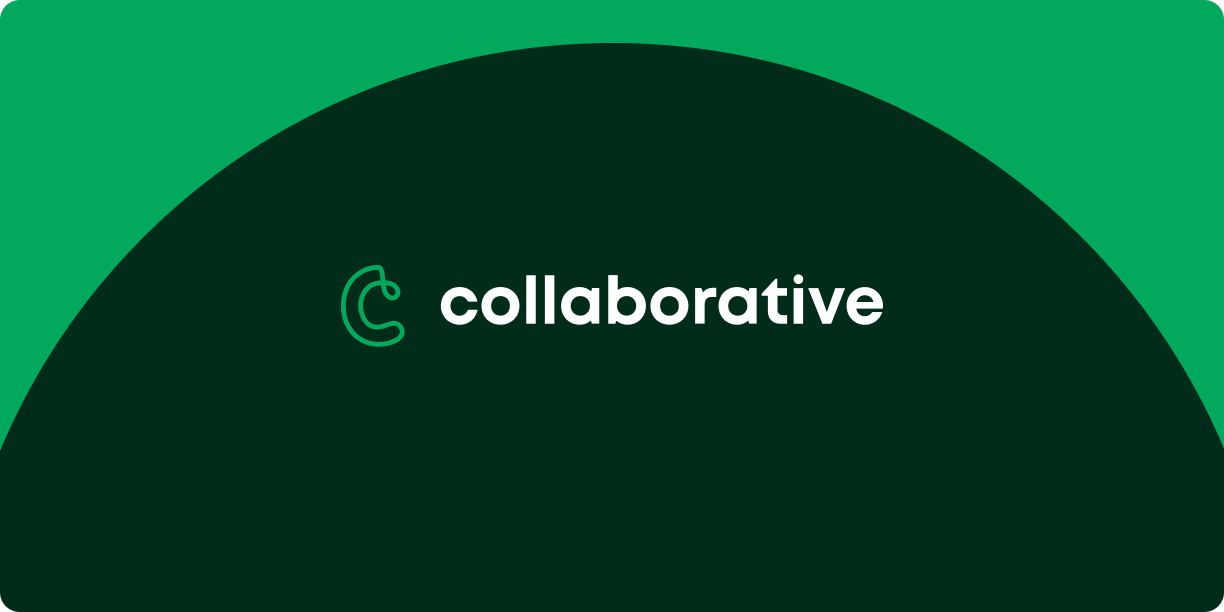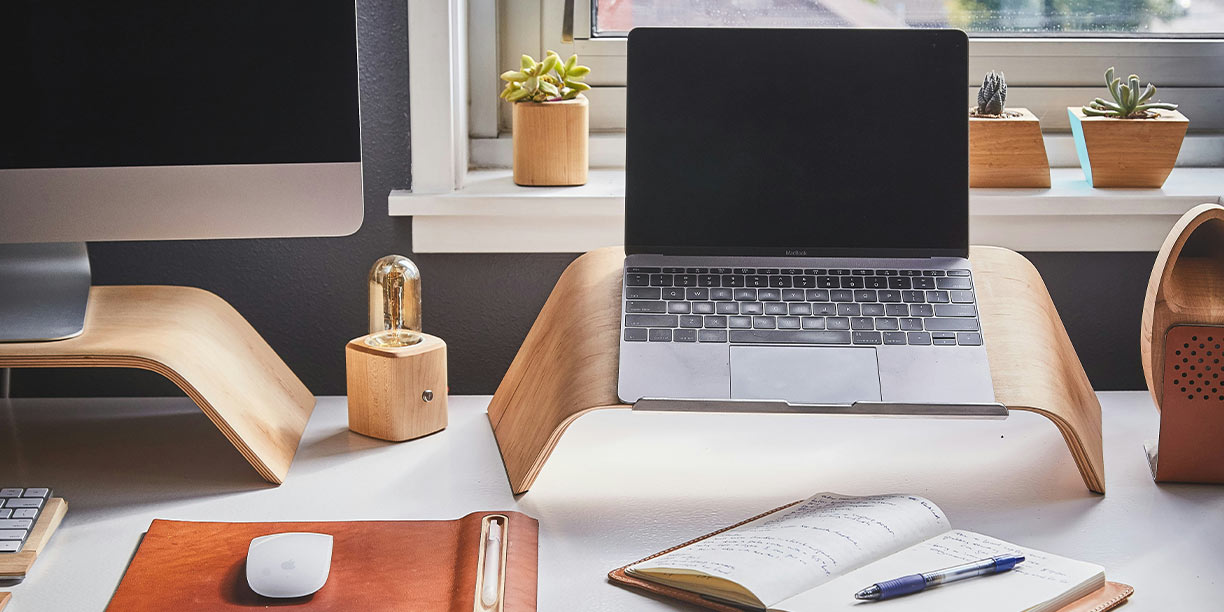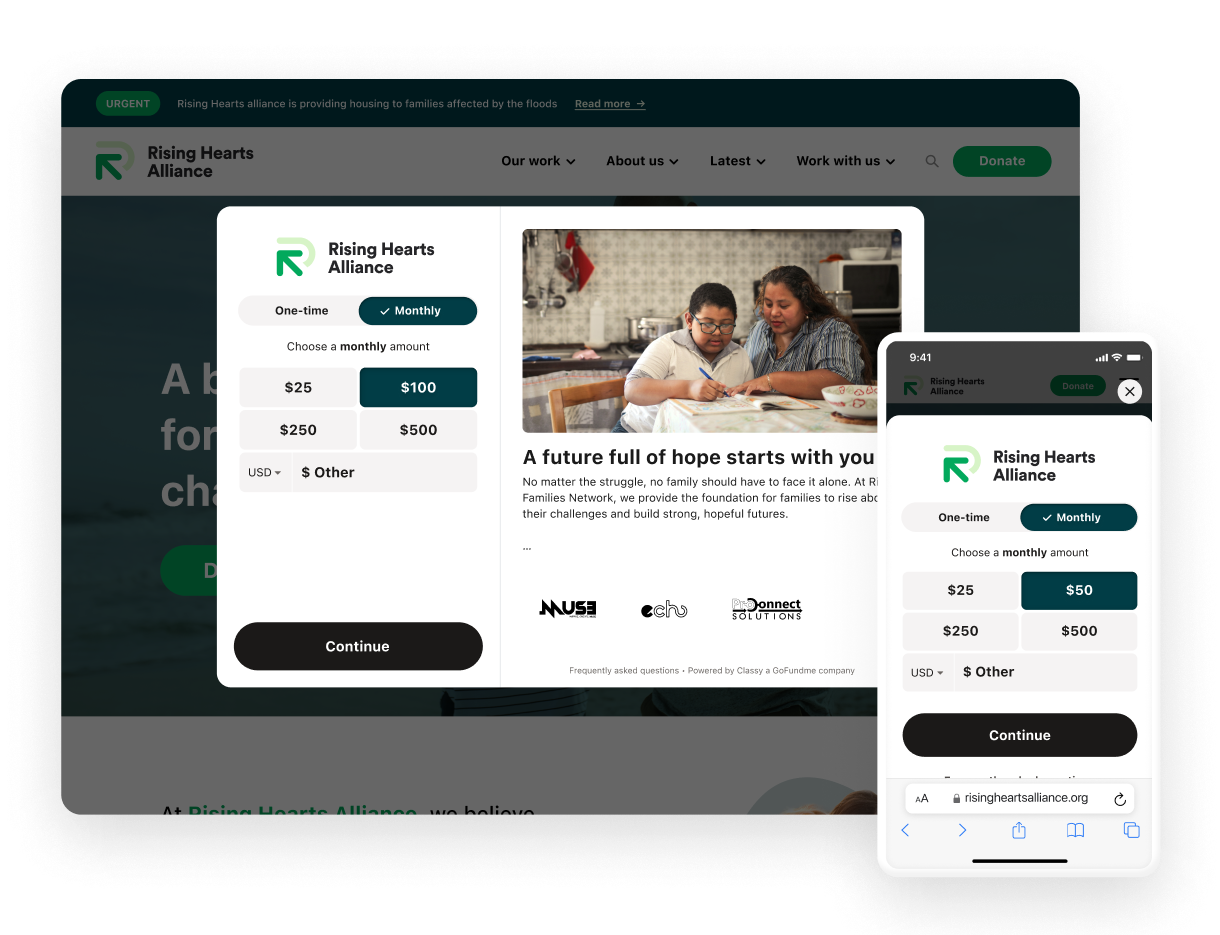If you’re reading this article, you’re likely in the middle of a fundraising software selection process for your nonprofit organization. We understand how critical it is to select the right tools to fuel your digital fundraising experience and fuel your mission. So if you’re deep into your research journey, you’re in the right place.
Learn more about GoFundMe Pro’s fundraising solution versus GoFundMe Pro alternatives. Plus, find out how our technology and community of over 200 million empower thousands of nonprofits to amplify real-time impact.
Evaluating nonprofit platform alternatives to GoFundMe Pro
There are several factors to consider during your nonprofit software evaluation.
Today’s nonprofits have the option to power their fundraising efforts through a comprehensive nonprofit fundraising solution or buy into a set of individually sourced point solutions that make up a comprehensive tech stack. These point solutions may include online donations, crowdfunding, event management, payment processing, or donation forms, all sourced from different software providers.
At GoFundMe Pro, we know that cohesion across various giving experiences and channels builds connection and trust with supporters. Offering the right experience to the right supporter at the right time fuels conversions, amplifies engagement, and keeps them coming back to give. We’re so confident that we shaped our product suite around it.
Point solutions: The risk of going too narrow
Point solutions are software built to solve a single problem. This applies to fundraising technology when platforms zero in on one aspect of the online giving process, like direct giving or event ticketing.
While one software might do one thing well, nonprofits usually use several fundraising tools to get the full picture. That means more headaches for staff learning all the systems and supporters trying to manage their giving.
For example, your team might have to enter donation data manually into one system while pulling reports from another, doubling the work and increasing the risk of errors.
The cost of managing multiple tools quickly adds up, resulting in time lost switching from software to software, stacking expensive subscriptions, and a confusing experience for supporters.
All-in-one solutions: The risk of going too broad
All-in-one platforms, seemingly the simplest solution, often try to be everything to everyone at the cost of innovation and user-friendly experiences. The idea of a one-stop shop sounds alluring, but the typical reality of going too wide in your solutions could render your efforts fruitless in achieving any of your goals.
For example, it’s hard to be a best-in-class CRM, digital fundraising, marketing, and financial management platform at the same time. The use cases for an email tool and CRM are entirely different from a fundraising platform. For that reason, we don’t recommend selecting a tool that does everything because we don’t believe it’ll serve your nonprofit team or do what you need.
In short, more isn’t always better. A long list of tools may look impressive on paper, but it’s worth your team asking if all the features are valuable. And equally important, are they well built?
Instead of counting checkboxes, dig into the quality and depth of the tools that matter most to your organization. A more narrowly focused platform will often excel where it counts and deliver more long-term value.
Threading the needle with GoFundMe Pro
GoFundMe Pro balances breadth and depth to provide a platform solely focused on nonprofit fundraising, offering trusted online tools to engage and nurture supporters in diversified ways.
Nonprofits choose us because we give them the flexibility to design campaigns that reflect their brand and strategy and the reach to engage more donors across our community of over 200 million—all within a unified ecosystem.
More specifically, nonprofits on GoFundMe Pro gain complete access to:
- Flexible direct giving solutions powered by Campaign Studio, including AI-powered donation forms and customizable donation pages
- Complete peer-to-peer fundraising experiences that empower supporters to take the lead
- A world-class recurring giving platform to help multiply your organization’s impact
- Industry-leading nonprofit fundraising event software built to create meaningful giving moments virtually or in person
- Consolidated nonprofit payment processing, allowing you to manage all your payments, payouts, and reporting in one platform
- GoFundMe Nonprofit Pages that allow you to increase visibility, offer more giving options, and unlock supporter data that helps you strengthen outreach and grow your community
Additionally, every supporter who gives on GoFundMe Pro can access a personalized donor dashboard, where they can keep track of their donation activity, resend receipts, and edit any recurring giving plans or fundraising pages. This frees your team to focus on other priorities.
Enabling true supporter-led fundraising
We’re seeing individuals put more trust in other individuals to help them decide where to make their next donation. In fact, the 2024 Edelman Trust Barometer report shows that 48% of people trust recommendations from friends and family when making decisions compared to 33% for ads and 17% for the news.
Similarly, GoFundMe’s The Social State of Giving report highlights the influence of social media creators, with most Gen Zers and Millennials following impact creators online.
Moving forward, we must give individuals more ways to champion your mission for you and invite their communities to do the same.
That’s exactly where GoFundMe’s supporter-driven fundraising experiences come in—seamless, social-first tools that empower everyday people to amplify your cause and inspire others to give:
-
- One-click fundraiser creation: Invite supporters to create fundraisers with AI-generated content they can review and publish in one click.
- Birthday fundraisers: Educate supporters on the option to leverage our fundraiser templates for birthdays and other special occasions. With prefilled text and themed options, it’s easy to get started in a few clicks. This tool also suggests relevant nonprofits to fundraise for based on the supporter’s giving history.
- Live fundraising tools: Help supporters maximize our livestreaming widget, which integrates with major platforms like YouTube and Instagram. This allows them to fundraise for you while streaming live performances, gaming sessions, or interactive events.
- Social integrations: Make it easy to share fundraisers to more surfaces directly from GoFundMe.
Simplifying software integrations
Keep in mind that GoFundMe Pro connects seamlessly with a wide range of fundraising tools—like CRMs, email marketing platforms, and volunteer management software—so you can keep using the systems you know and love.
With a dense library of integrations, including popular options like Salesforce, Google Analytics, and Virtuous, we make it easy to streamline your workflow without switching platforms.
How Direct Relief tops 35% conversion with GoFundMe Pro
How other fundraising platforms measure up
Here’s a look at how a few common alternatives to GoFundMe Pro compare, including the pros and cons to keep in mind:
Fundraise Up
Pros
- Strong focus on conversion, with a sleek, low-friction checkout
- Supports global fundraising with multiple currencies and localizations
Cons
- May offer less flexibility for nonprofits seeking highly customized features
- Branding and campaign customization take a back seat to standardization
- Limited tools for peer-to-peer or event fundraising
Givebutter
Pros
- Easy to use and combines basic CRM and fundraising tools in one platform
Cons
- May lack the depth that larger nonprofits often need
- Most CRM integrations are non-native
- Offers limited AI or data-driven personalization
Blackbaud
Pros
- Well-established CRM with deep reporting capabilities
Cons
- Donation forms and campaign pages aren’t a core strength
- Giving experience feels outdated and offers limited design flexibility, leading to a disjointed donor journey
Funraise
Pros
- Offers fundraising, CRM, and marketing tools in one platform
- Strong reporting and visual dashboards
Cons
- Broad feature set limits customization of donation forms and campaigns
- Limited ability to tailor ask amounts to specific campaign objectives
Donorbox
Pros
- Built-in CRM and strong integrations with faith-based platforms like Rock RMS and Planning Center
Cons
- Offers fewer social sharing and discovery tools
Choose a platform that meets today’s challenges head-on
Today’s nonprofits must navigate a complex landscape: shifting donor expectations, evolving digital behaviors, and needing deeper, more authentic engagement. The right fundraising platform not only supports your strategy but also amplifies it. It should reflect the care and integrity your donors expect, make it easy to connect with supporters across channels, and empower you to drive meaningful change.
Because in the end, it’s not only about the tools—it’s about the impact they help you create. One campaign, one connection, and one act of giving at a time.
Request a demo

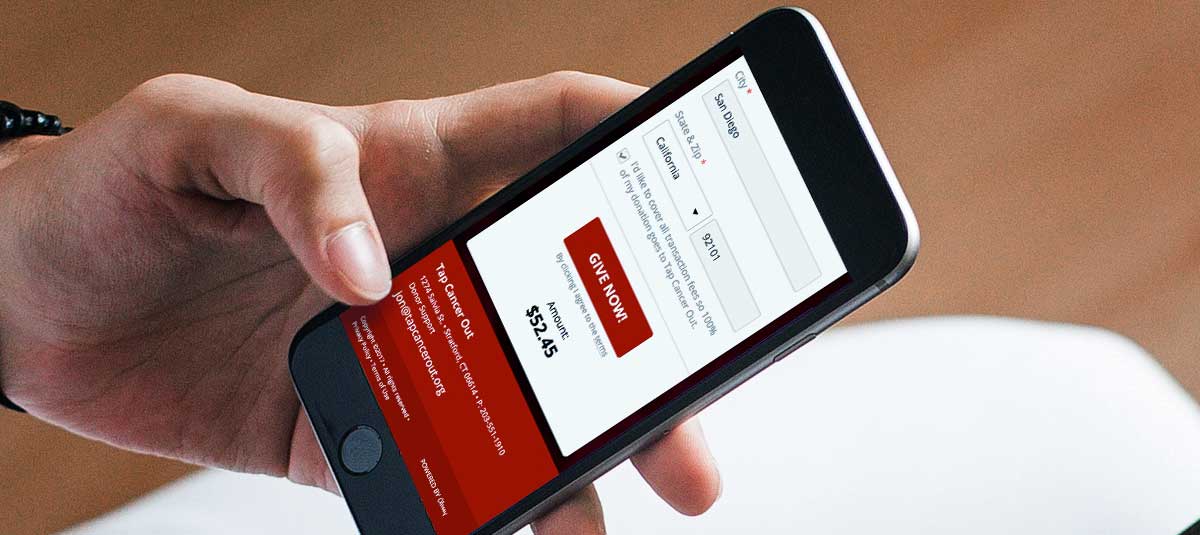


![How to plan a successful charity run/walk event [6 steps]](https://pro.gofundme.com/wp-content/uploads/2025/07/run-walk-blog-2.png)


![How to increase recurring donations [8 email templates]](https://pro.gofundme.com/wp-content/uploads/2025/06/increase-recurring-donations-blog.png)

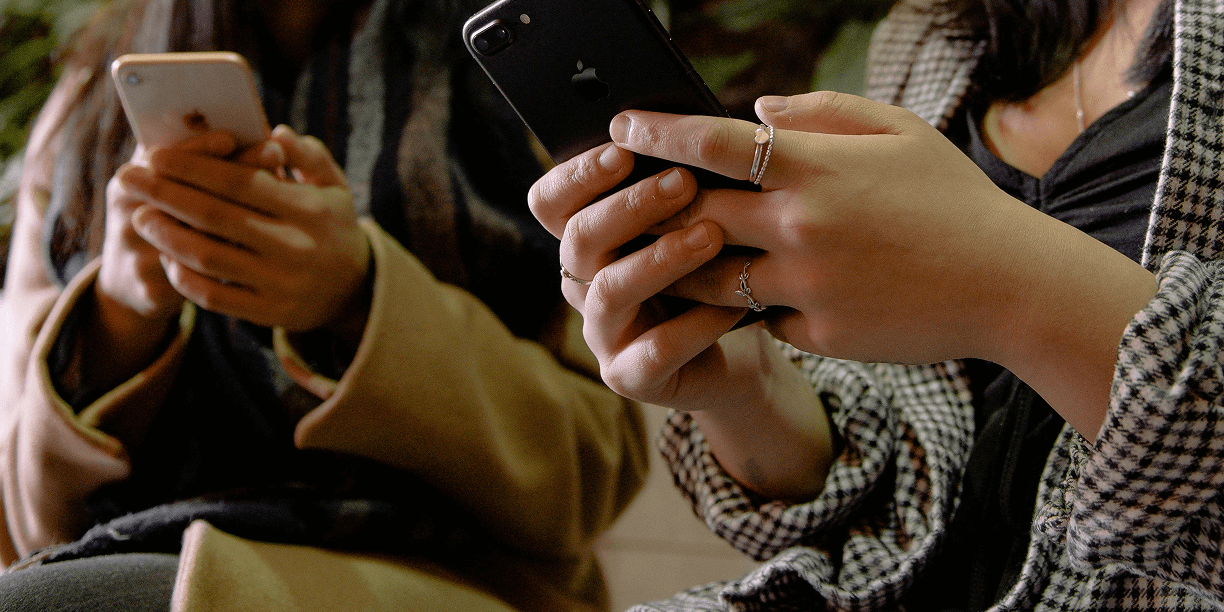



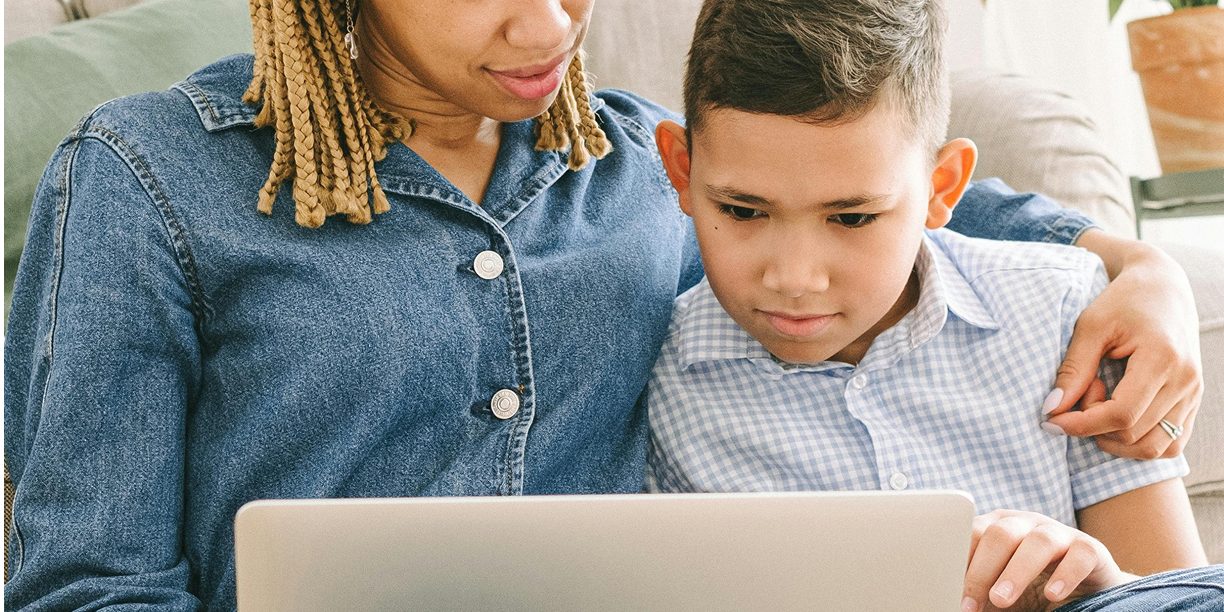
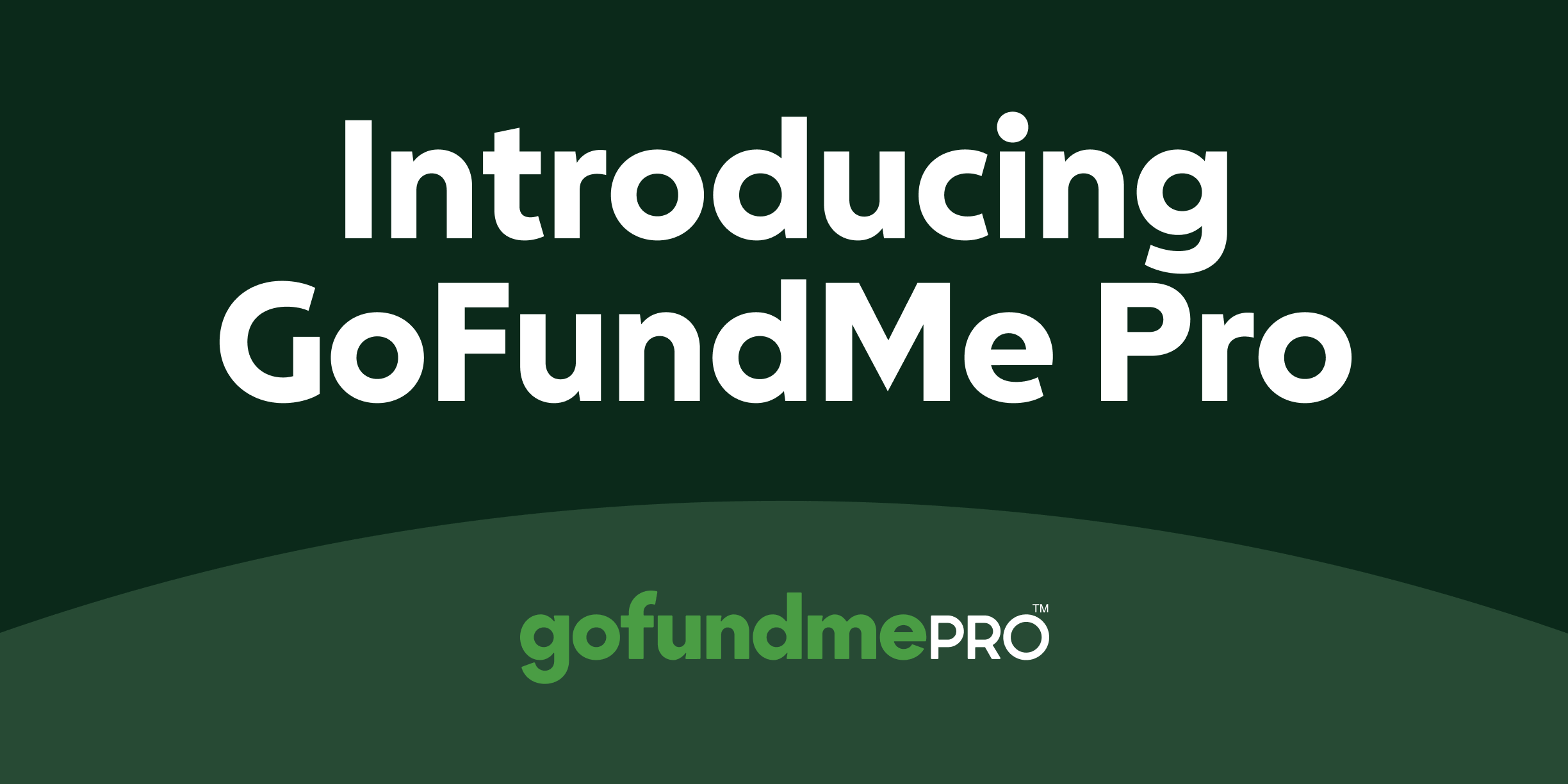
![Birthday fundraisers: How to empower supporters and raise more funds [3 tips]](https://pro.gofundme.com/wp-content/uploads/2025/04/blog_birthday-fundraisers.png)
![How to get started with Twitch charity streams [5 tips]](https://pro.gofundme.com/wp-content/uploads/2023/04/blog_twitch-streaming.png)


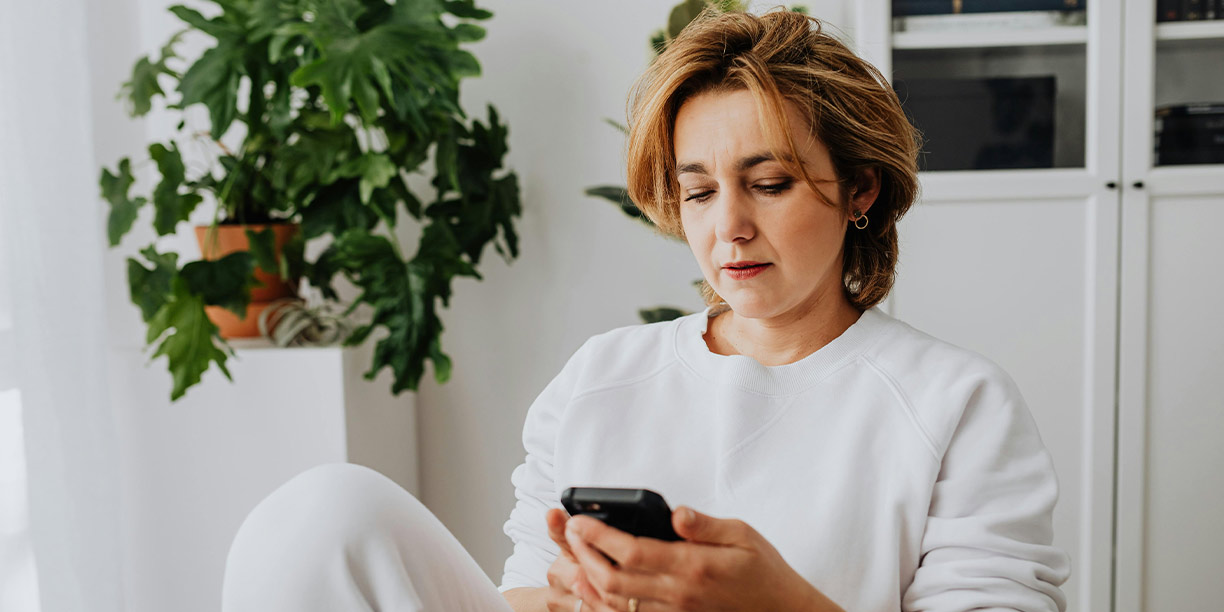
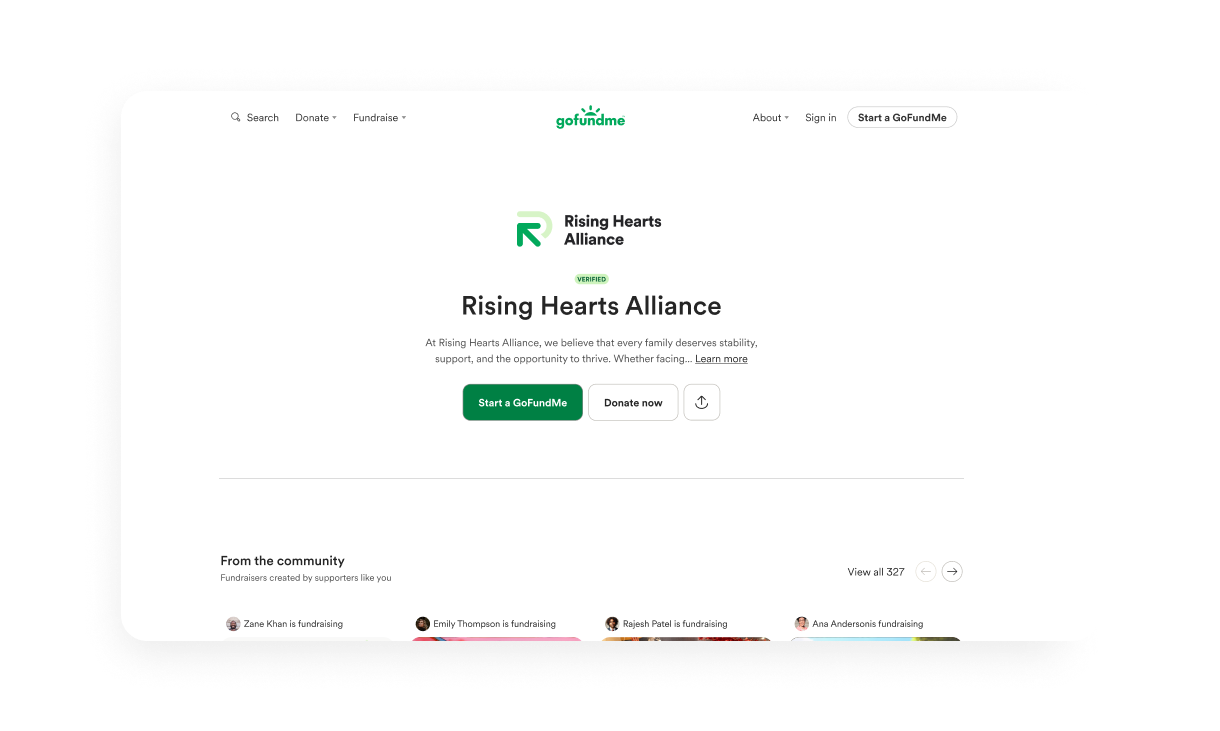


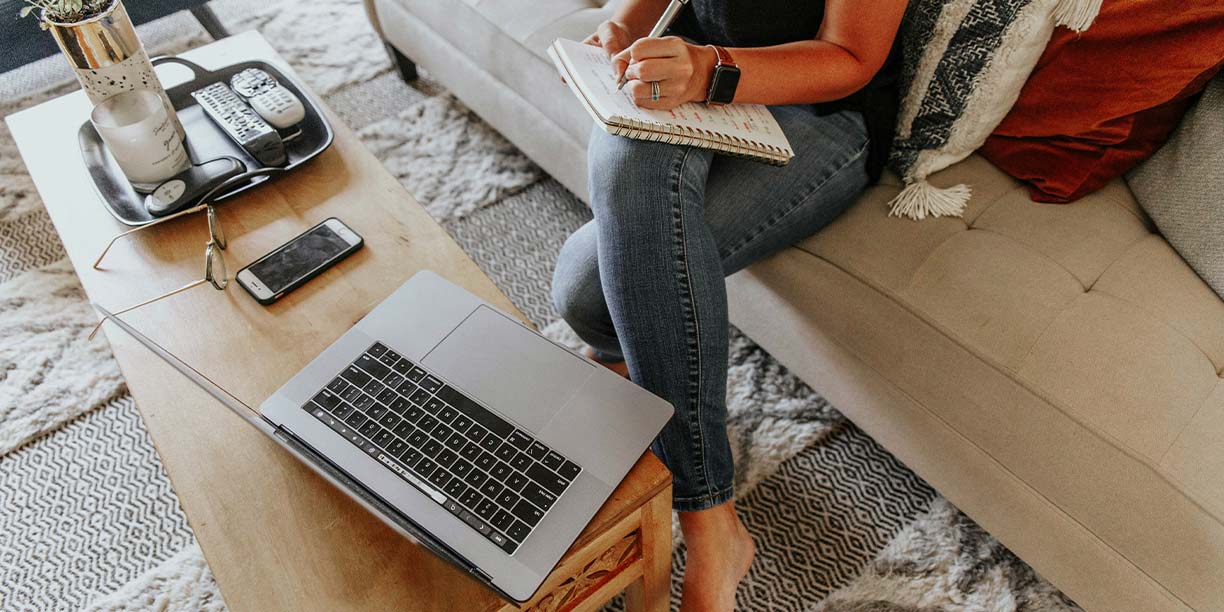



![How to Evaluate and Upgrade Your Recurring Giving Program [9 Tips]](https://pro.gofundme.com/wp-content/uploads/2021/03/blog_upgrade-your-recurring-giving-program.jpg)
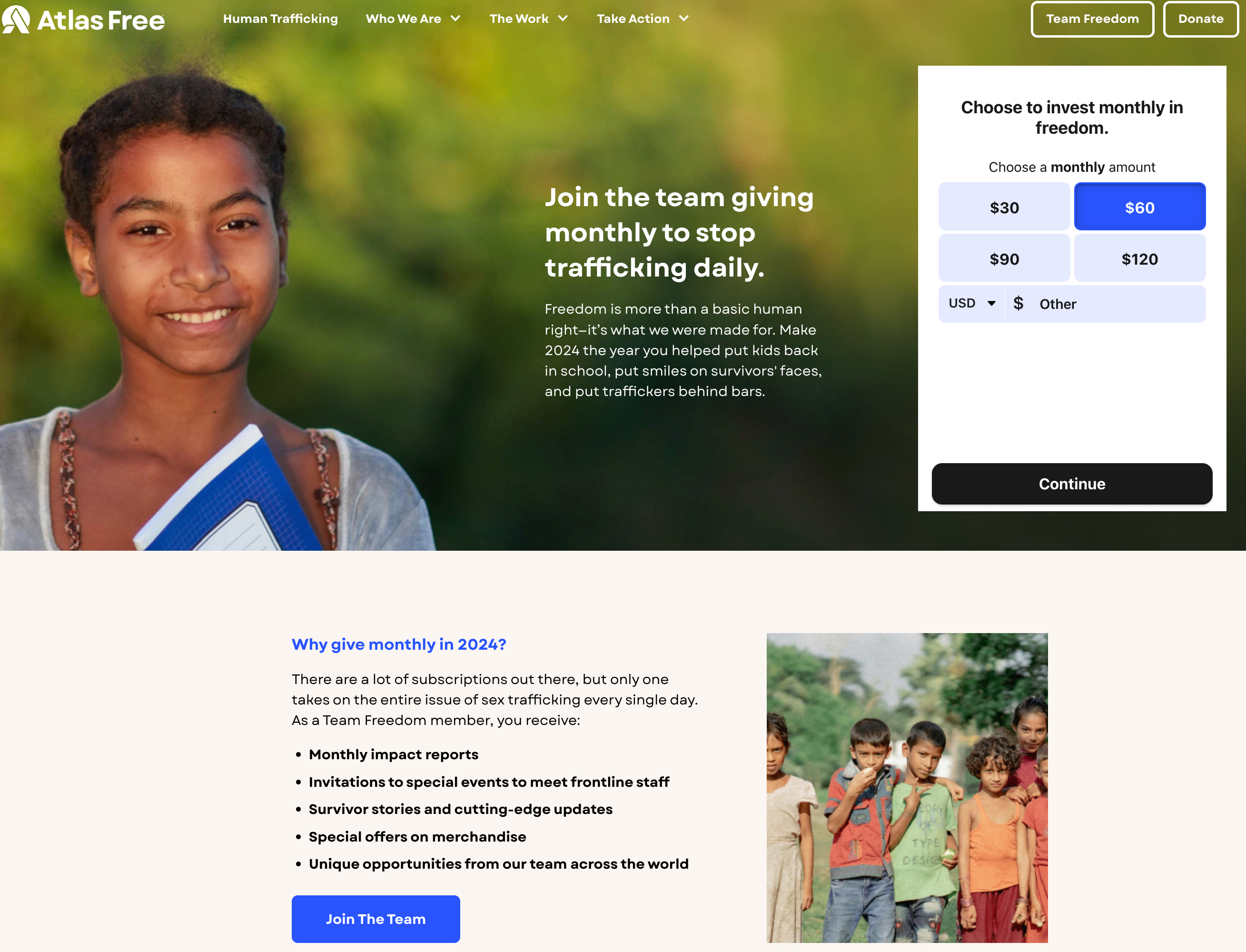

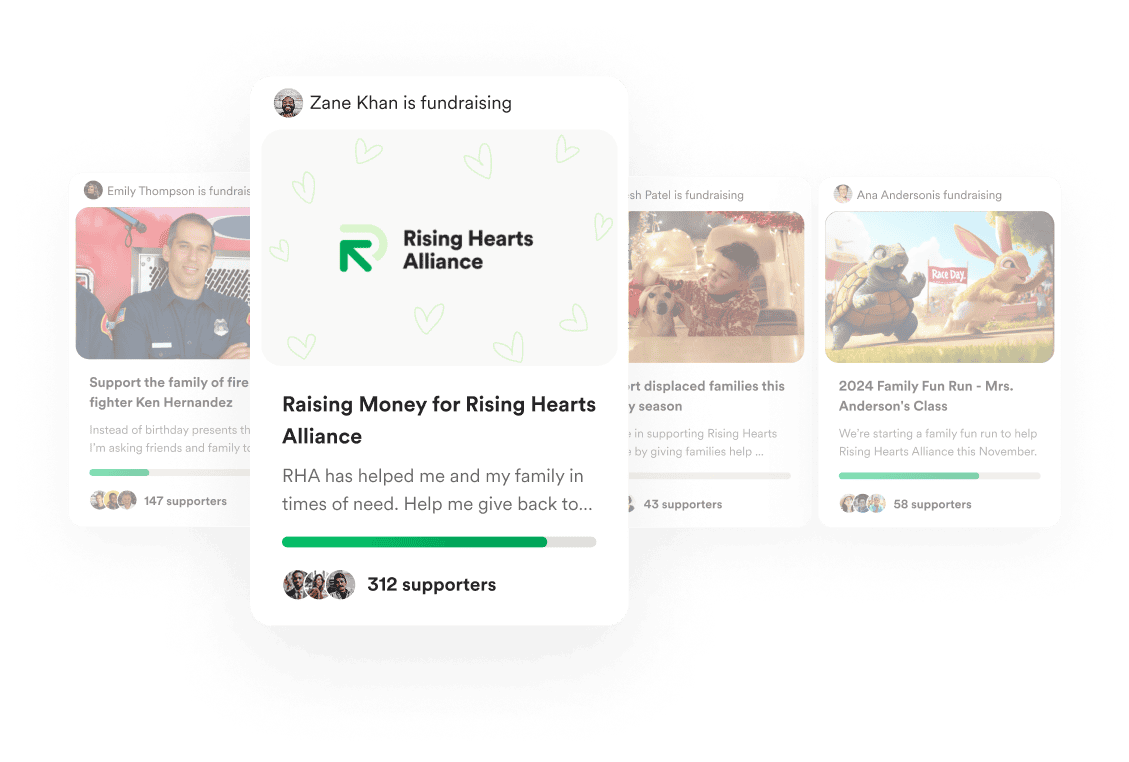

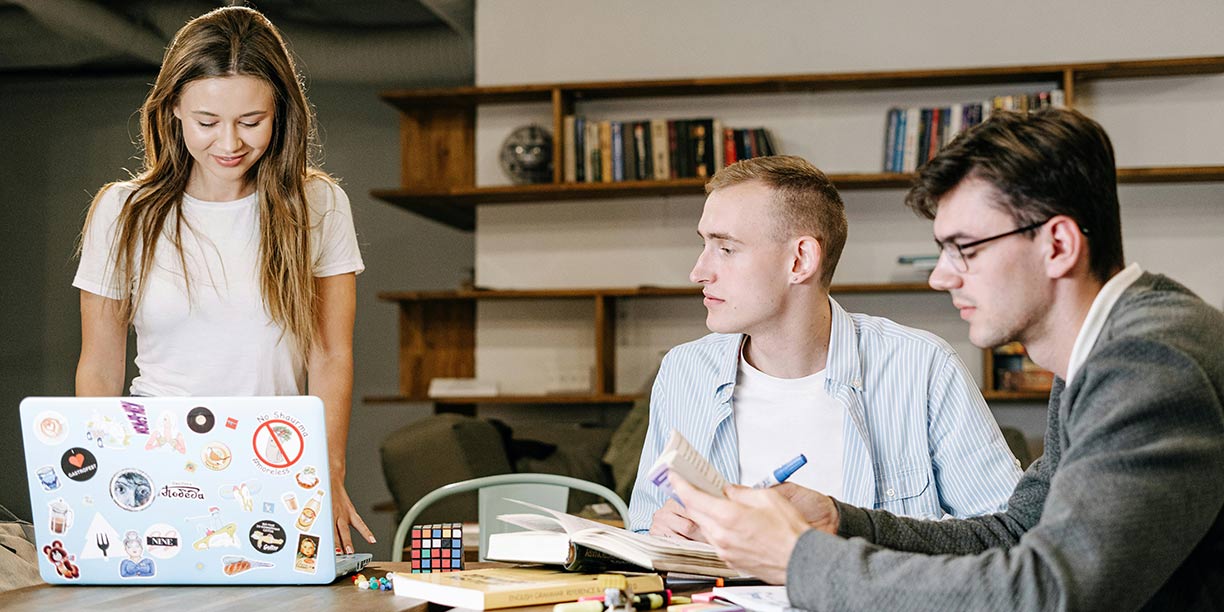
![Why and How to Invest in Recurring Donations [4 Ways]](https://pro.gofundme.com/wp-content/uploads/2024/02/blog_reasons-to-invest-in-recurring-donations.jpg)
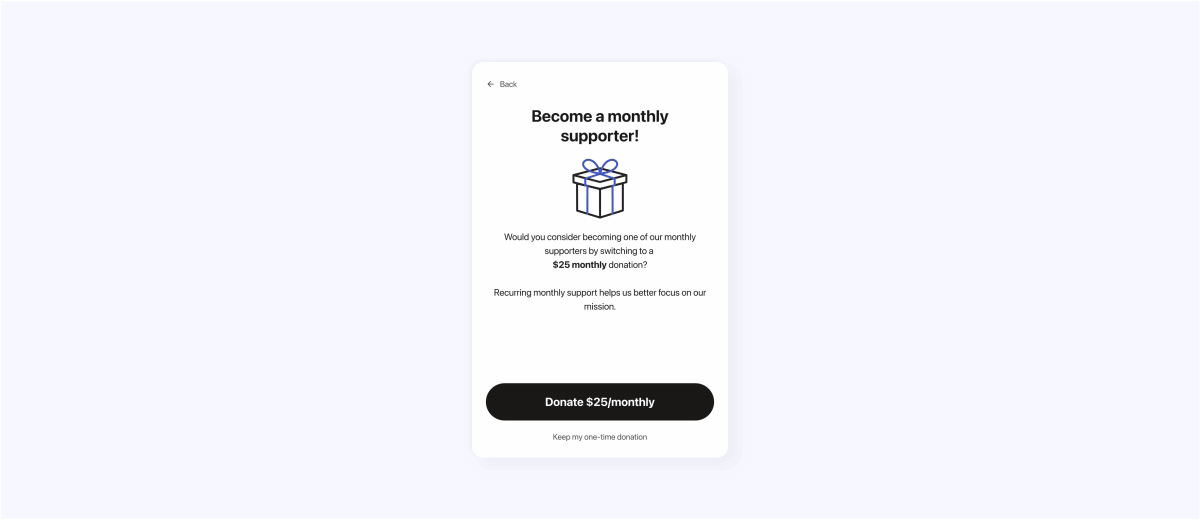





![How to Write the Perfect Fundraising Email [12 Templates]](https://pro.gofundme.com/wp-content/uploads/2022/12/blog_fundraising-email-templates.jpg)
